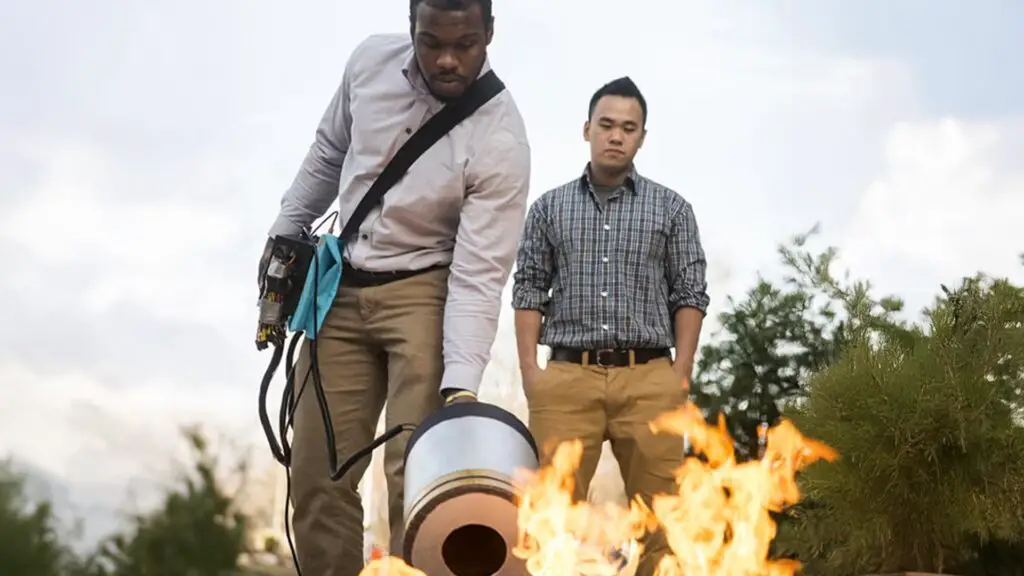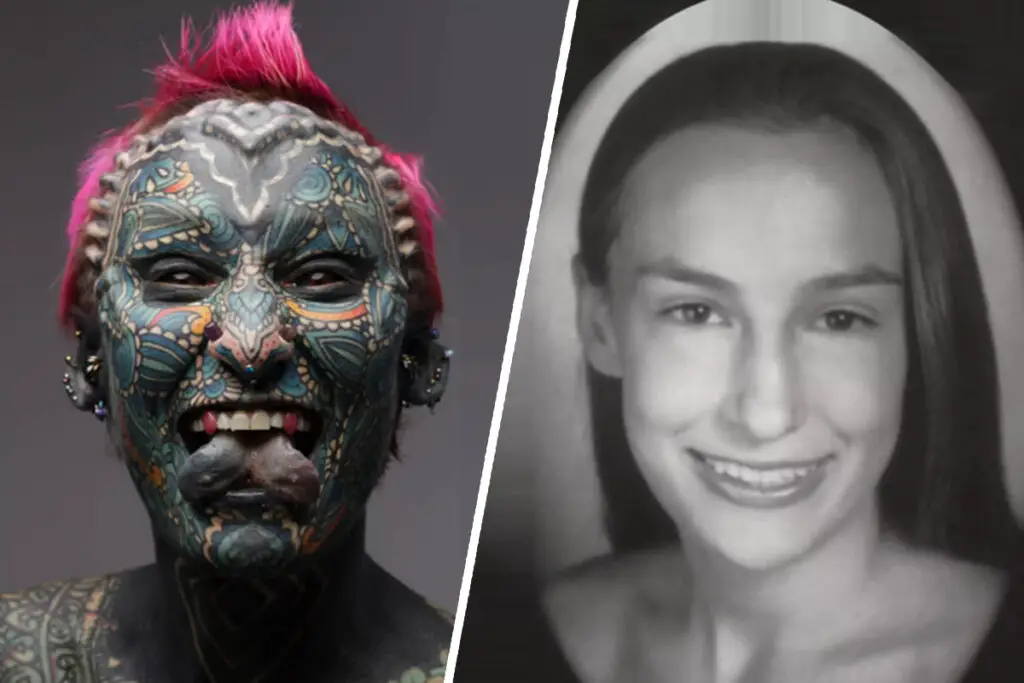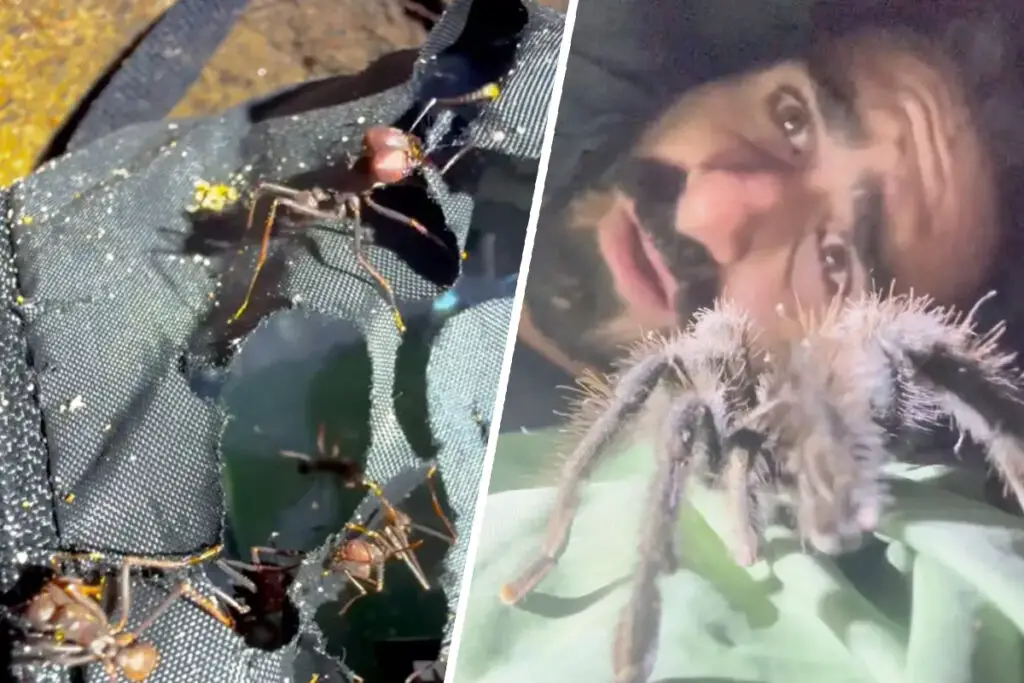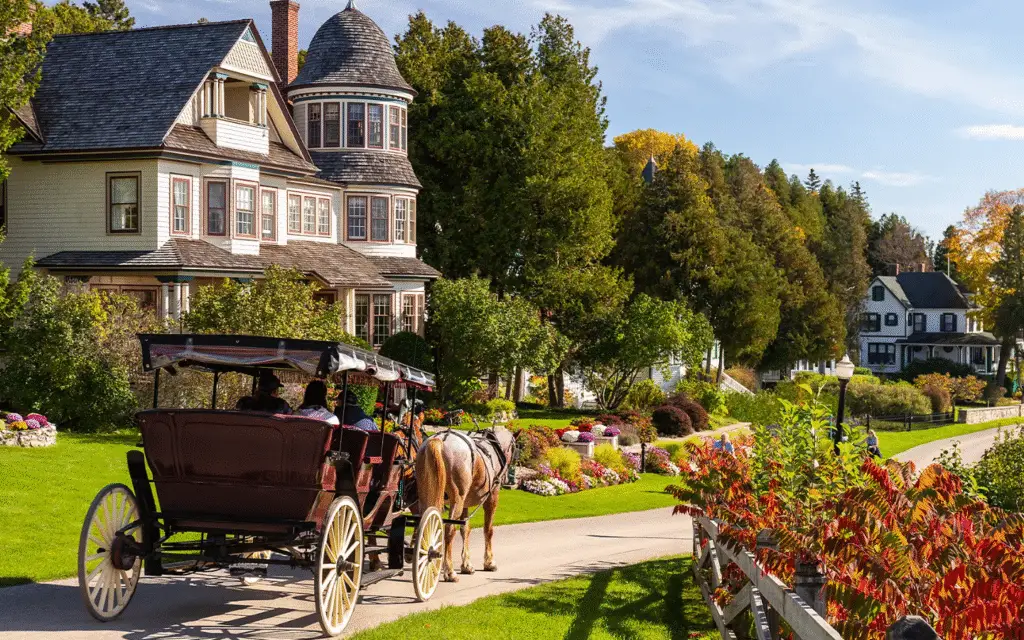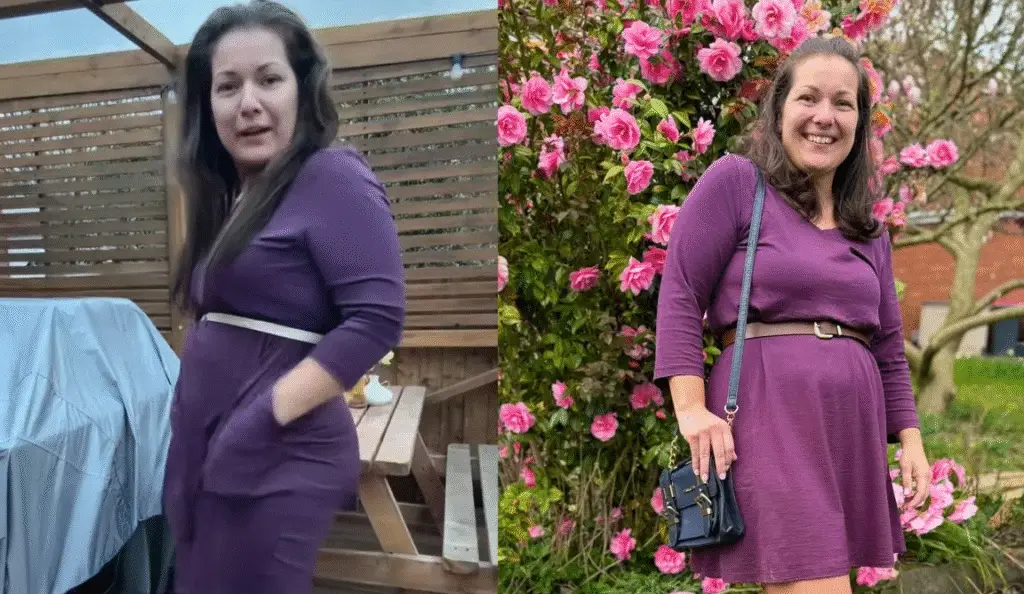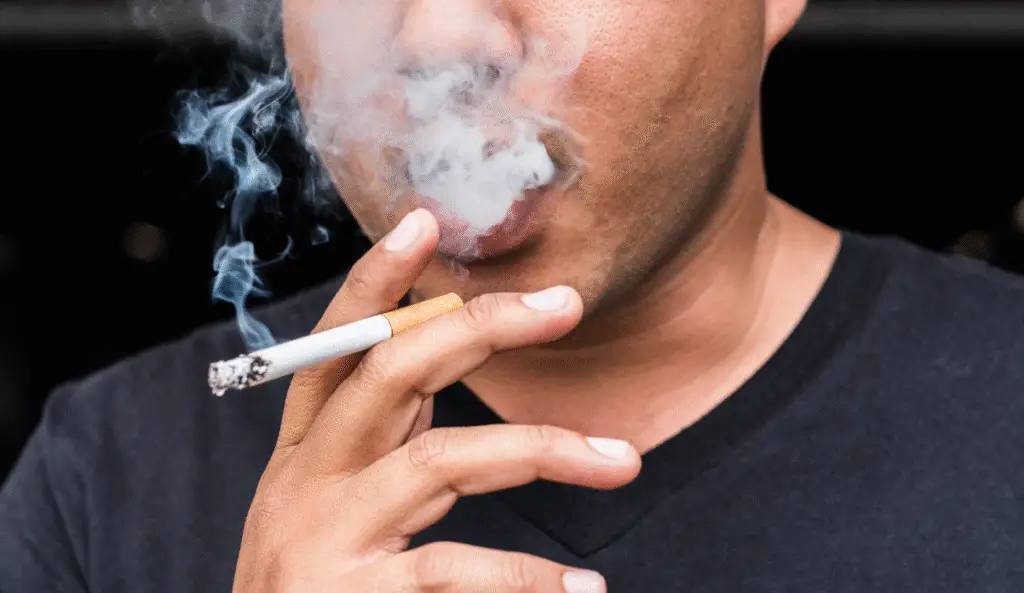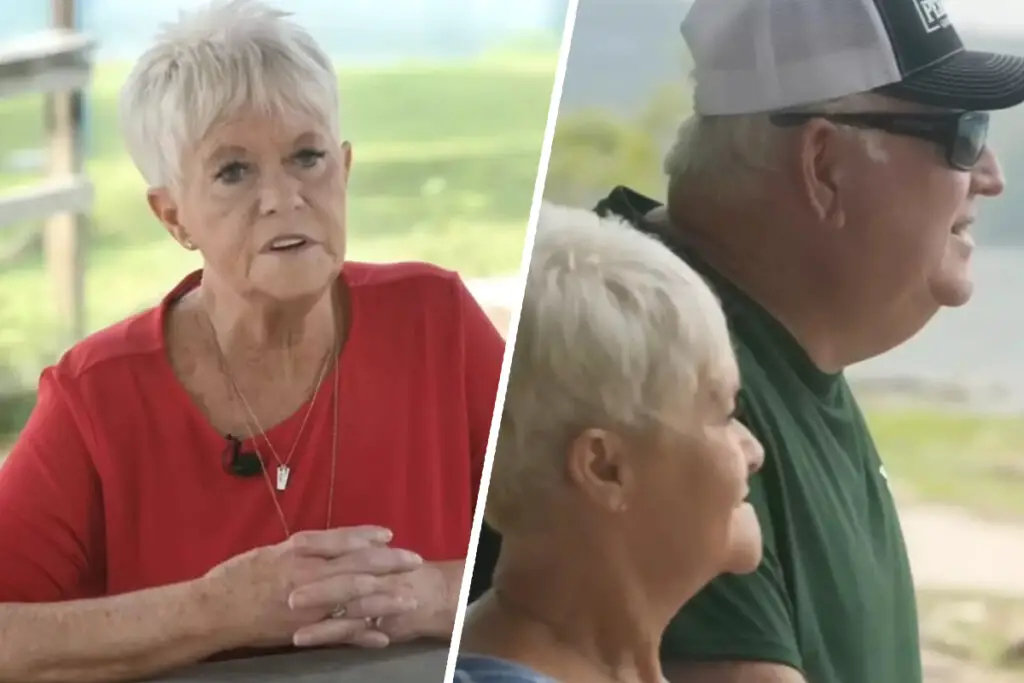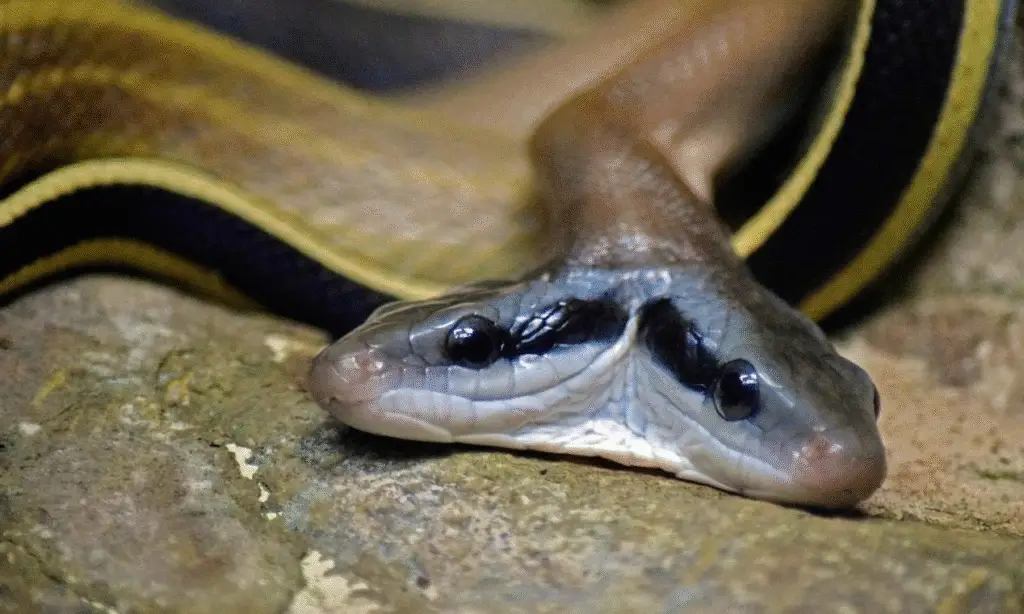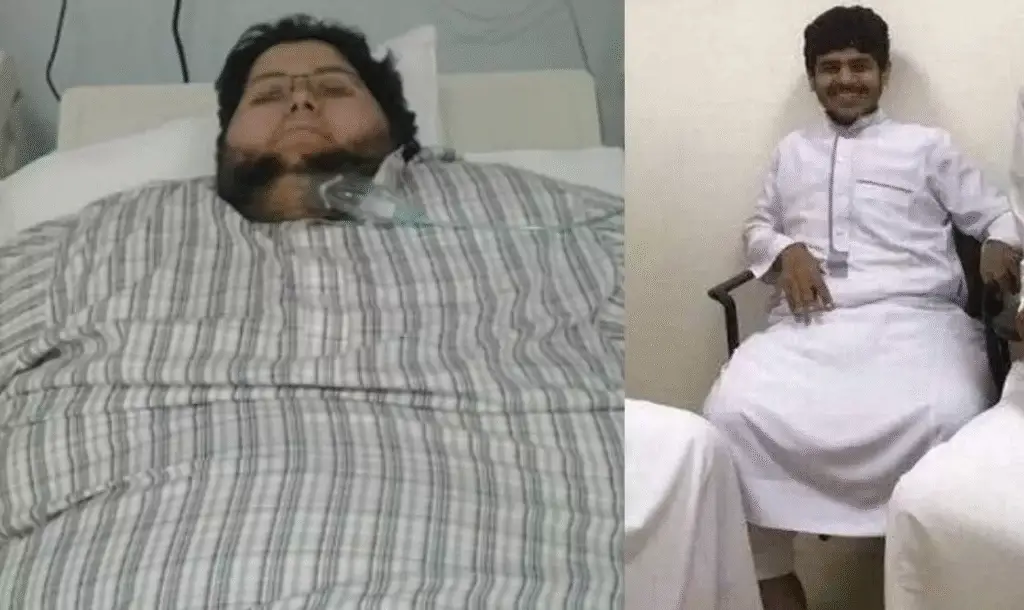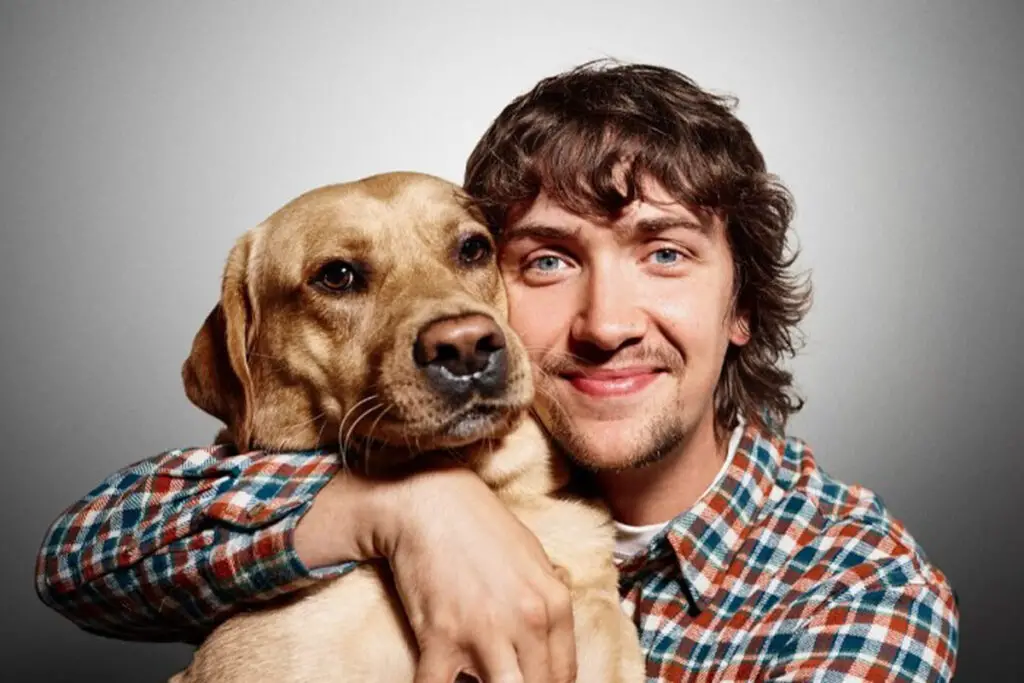Women Born with Both Reproductive Organs and Later Fathered a Child

Imagine discovering your body defies traditional biological categories, yet still allows you to build a family.
For Queen Obukoko, a 30-year-old Nigerian individual with intersex traits, this is her reality.
In a recent interview with Sunday PUNCH, Obukoko shared how they navigated societal expectations to become a parent, despite being raised with a feminine identity.
Their story, while rare, highlights a fascinating medical phenomenon: some intersex individuals with developed reproductive anatomy can have biological children in ways that challenge conventional understanding.
“My Body Changed at 15”: A Journey of Self-Discovery
Obukoko’s life took an unexpected turn during adolescence.
While growing up, they noticed a unique physical development near their groin.
By 15, their urinary function shifted, utilizing a structure typically associated with male anatomy—despite presenting outwardly with feminine features.
Relationships with male partners dissolved when they discovered Obukoko’s condition.
“They’d leave immediately,” they told Sunday PUNCH.
Turning to relationships with women, Obukoko later became a parent to a son and daughter, though they suspect their newborn may share similar biological traits.
Understanding Intersex Traits: A Biological Spectrum
Medical experts describe intersex as a condition where reproductive or anatomical features don’t align strictly with typical classifications.
Think of it as a biological blend: some cells might align with one set of chromosomes, others with another, or reproductive tissues may develop uniquely.
Globally, about 2% of people have intersex traits, though many aren’t identified until later in life.
“This isn’t about ‘choice’—it’s their genetic reality,” explains Professor Rotimi Akinola, a leading Nigerian gynecologist.
How Parenthood Defies Expectations
The possibility hinges on functional anatomy.
Akinola notes that some intersex individuals have both ovarian and testicular tissues.
If the latter produces viable genetic material and the person has anatomical structures capable of delivering it, biological parenthood becomes possible.
“Outwardly, someone may present as feminine, but their internal biology can function differently,” he says.
But there’s another layer: intersex individuals might also have a uterus.
Akinola adds that, depending on which tissues are dominant, pregnancy could theoretically occur.
“It’s about which anatomical systems are fully developed,” he explains.
Puberty’s Role in Revealing Traits
Many intersex characteristics emerge during adolescence.
Obukoko’s urinary changes at 15 align with this pattern.
Professor Chris Aimakhu, a reproductive health expert, explains that puberty often amplifies dominant traits.
“Hormonal shifts can activate underdeveloped structures, leading to unexpected changes,” he says.
For some, like Obukoko, these changes include the maturation of anatomy typically linked to male reproductive roles.
The Risks of Early Medical Interventions
Corrective procedures in infancy remain controversial.
The Cleveland Clinic notes most occur before age two to “align” physical traits with a specific gender.
However, these surgeries can cause lifelong complications.
PUNCH Healthwise reported a 10-year-old with incontinence and unresolved identity after multiple procedures.
Akinola warns that adult interventions are riskier: “Fully developed anatomy complicates revisions. Early decisions can’t easily be undone.”
Could Traits Be Inherited?
Akinola believes so. Since intersex traits can stem from genetic variations, Obukoko’s concern about their newborn is valid.
“Biology isn’t always predictable,” he says. Still, with only 2% of people globally identified as intersex, the likelihood remains low.
Navigating Love and Identity
Obukoko’s story isn’t just medical—it’s deeply human.
Rejected by male partners, they found acceptance with women, leading to parenthood.
Their experience mirrors broader struggles: a 2021 Healthwise study found 68% of intersex adults face discrimination in relationships.
Experts Advocate for Compassion
Medical professionals urge society to view intersex traits as natural variations, not disorders.
“Labeling it ‘abnormal’ harms people,” Aimakhu stresses. Yet stigma persists, especially in regions like Nigeria, where intersex births are often hidden.
The Takeaway? Biology Isn’t One-Size-Fits-All
Obukoko’s journey shatters rigid notions of parenthood and identity.
As Akinola puts it: “Nature thrives on diversity. Sometimes, it writes its own rules.” For intersex individuals navigating societal expectations, empathy—not judgment—is key.
Their stories remind us that human biology is as complex as it is extraordinary.

